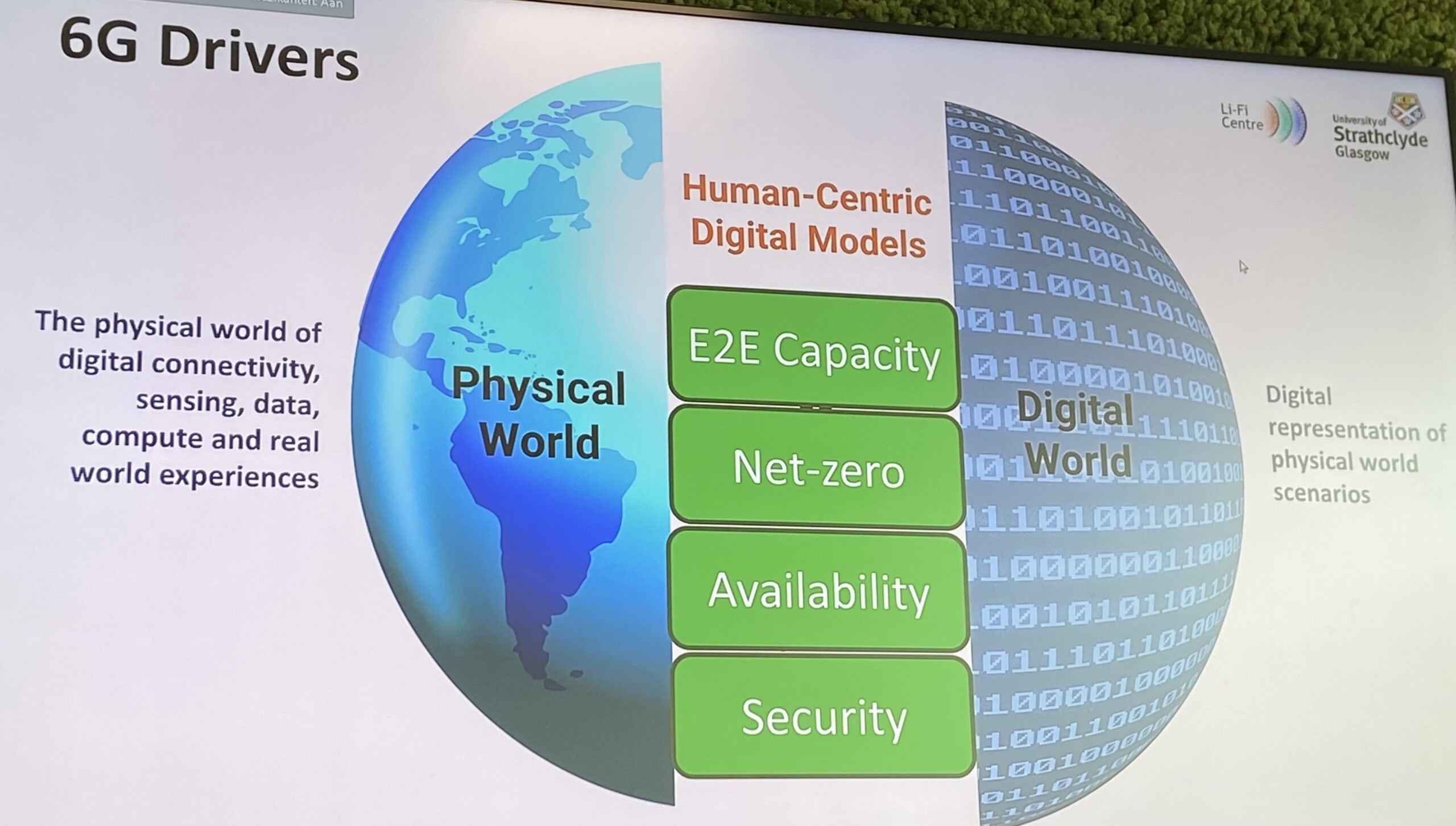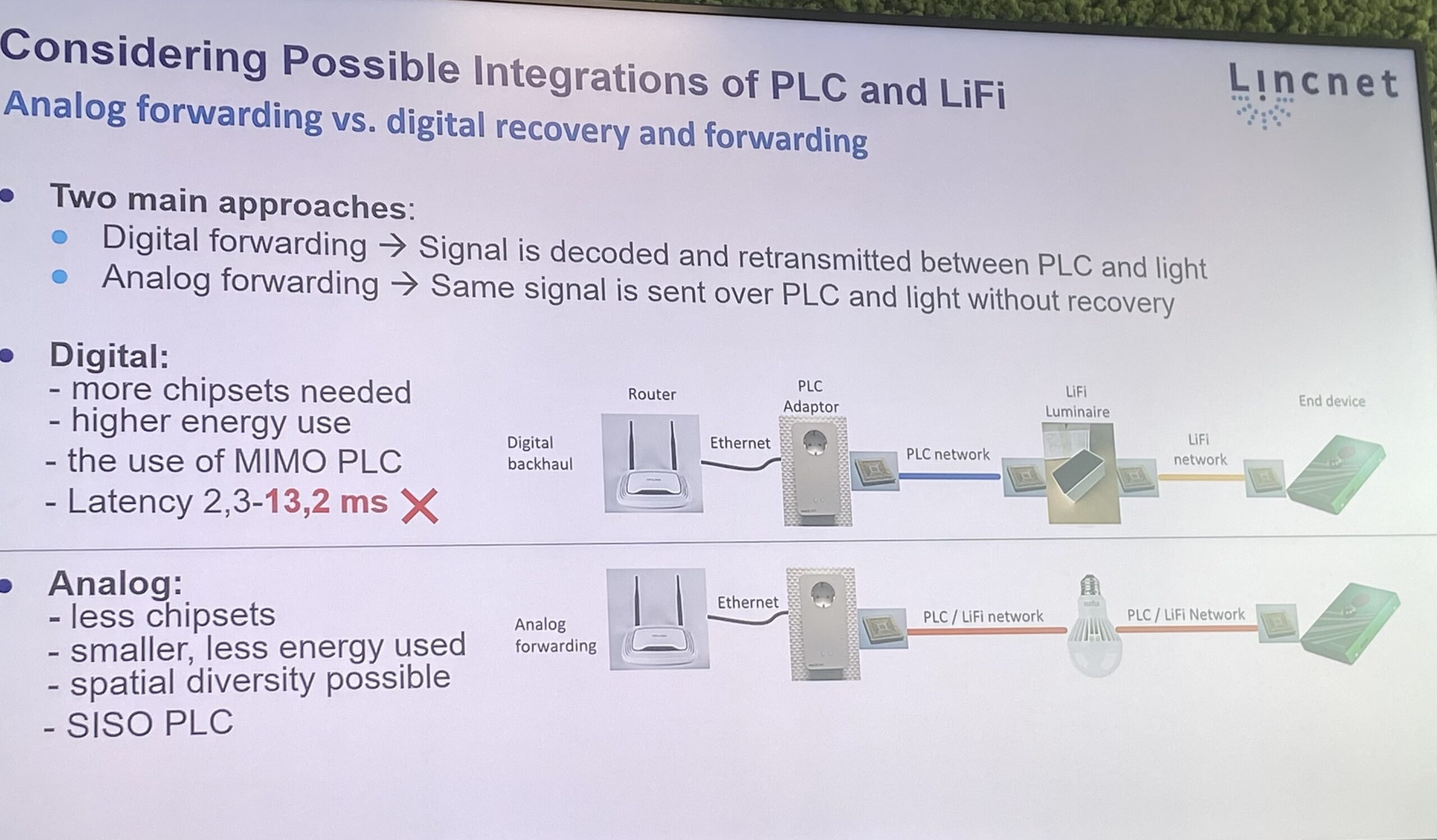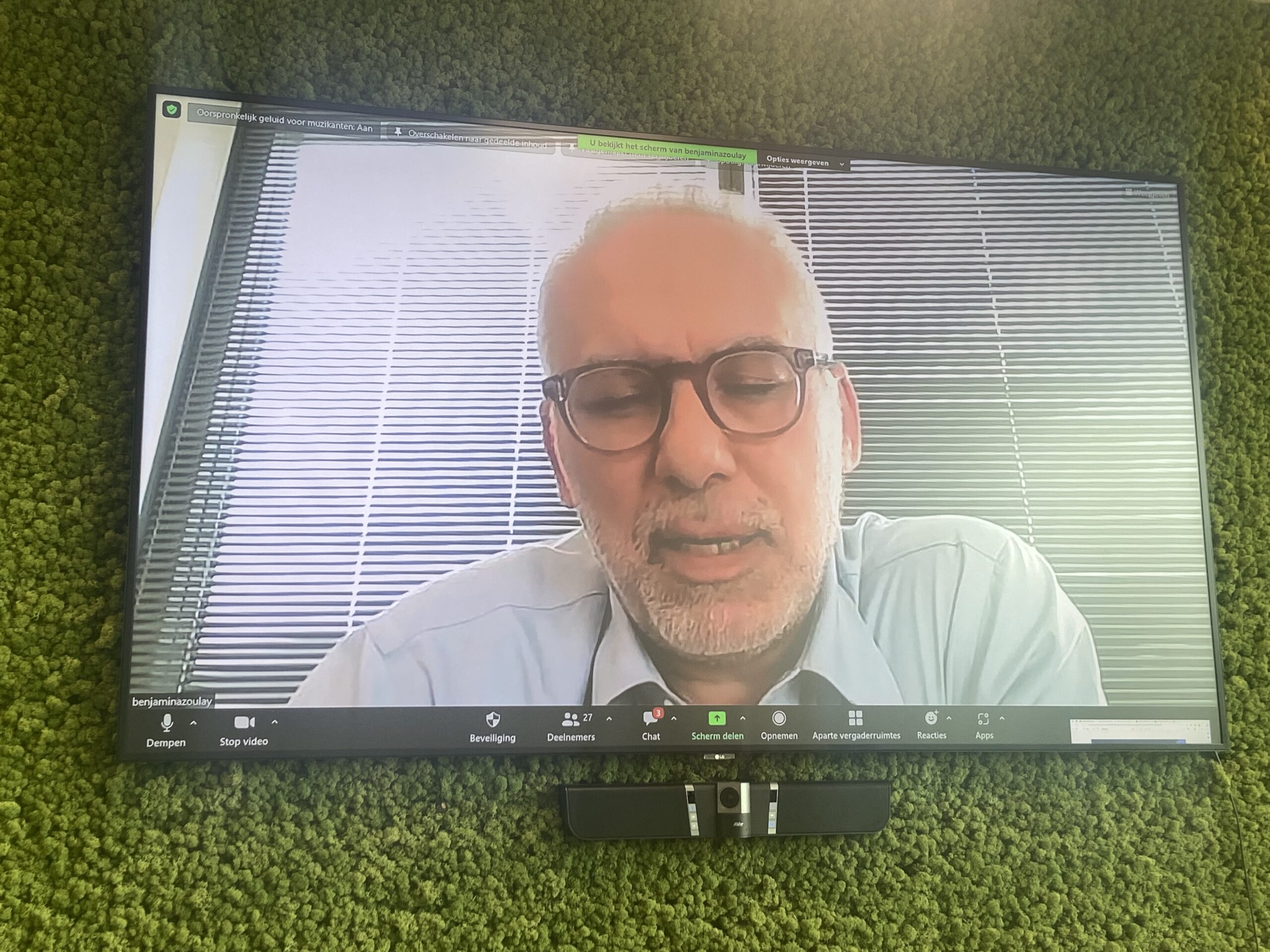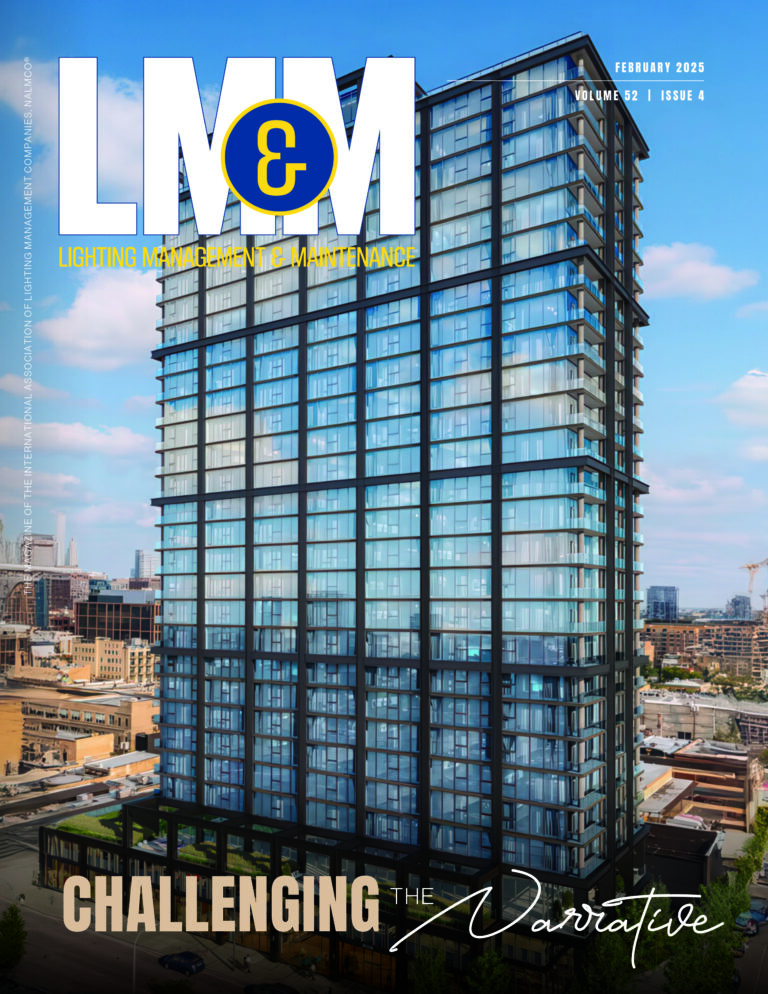
Your humble editor attended the LiFi conference in Eindhoven earlier this week. There were many informative talks about the industry and one very poignant presentation, almost questioning the viability of Li-Fi. This is the first of two reports and below are my raw notes from the discussion:
- Pieter Hermans, founder of Jakajima, hosted the discussion at the High-Tech Conference Center in Eindhoven, just down the bicycle path from Signify’s headquarters. The conference room featured Li-Fi enabled luminaires from Signify.
- Dominique Chiaroni from Nokia Bell Labs discussed the Light Communication Alliance’s efforts to promote greener Information and Communication Technologies (ICT). He presented a comparison of energy usage in various scenarios, specifically focusing on a commercial application study involving LiFi, OCC, and Wi-Fi interconnected with an optical backbone, compared to a standard Wi-Fi + Ethernet LAN. The results showed that the LiFi system achieved substantial energy savings. In densely populated areas, where Wi-Fi consumes significant energy, integrating LiFi alongside Wi-Fi can lead to energy conservation. Who knew!

- Harald Haas, Distinguished Professor at the University of Strathclyde and the unofficial father of Li-Fi development, discussed the role of Li-Fi in 6G. One aim of 6G is to enable ultra-low latency communication within one microsecond. Prof. Haas emphasized the concept of the Metaverse and the convergence of communication, computation, and sensing. Referencing a BBC report, he mentioned the projection that robots will handle 39% of household tasks by 2033. I had the pleasure of interviewing Dr. Haas at LuxLive a few years before the pandemic.
- Haas explained the demanding requirements for a real-time, 19.1-gigapixel 3D hologram of a human face, which necessitates a data rate of 1TB/s to match gestures and expressions.
- Haas also emphasized ICT’s impact on greenhouse gas emissions, which accounts for 2-4% globally. He highlighted the telecom sector’s increasing energy demand in Europe, estimated to grow by 5% annually. Prof. Haas proposed the use of solar cells as both energy harvesters and data receivers. Emphasizing the privacy advantage of light not passing through closed doors, he asserted that Optical Wireless Communications (OWC) is the key to achieving substantial advancements in 6G, including capacity, net-zero impacts, pervasive coverage, and security. In informal discussions during the break, some individuals speculated that 6G could be about ten years away—just in time for my domestic robot.
- Nikola Serafimovski, Co-Chairman of the Light Communications Alliance and VP of Standardization and Business Development at Purelifi, discussed the integration of standards, emphasizing that IEEE 802.11 provides the simplest integration with the widest range of applications. His proposal involves augmenting the existing Wi-Fi chipset with an optical module to enable operation in the light spectrum. Additionally, Nikola highlighted the importance of generating sufficient demand to garner interest from chipset vendors for the next generation of LiFi. He emphasized the need for realism in assessing the current market opportunity. Currently, there are no available silicon components that can meet the requirements. To achieve success with LiFi in mobile phones, all three metrics—size, weight, and pricing—must be addressed. He concluded by saying, “We are beholden to what is available in the market.
- During Theo Lazuech’s talk, CEO of LiNA, he presented a realistic overview of LiFi that left the audience sitting on the edge of their seats. He boldly questioned whether LiFi was a technology of the past, present, or future. Theo asked thought-provoking questions, asking if LiFi could be considered a failure and pondering how it could achieve success. Despite acknowledging the prolonged discussions surrounding LiFi without significant widespread success, he maintained that our presence at the seminar indicated its potential as a technology of the future. Theo highlighted his company, LiNA, and their focus on access control and indoor positioning. However, he expressed that the current cost of LiFi is approximately 100 times higher than that of Wi-Fi. He candidly assessed that after being on the market for 10 to 15 years, LiFi has only found limited success in a few niche markets. It is primarily chosen when there are no alternatives available, such as in hospitals, military applications, space environments, and specific schools that have regulations restricting Wi-Fi usage near young students.
- LiNA is in the process of raising money.

- Anil Mengi, VP Strategic Positioning at devolo, delivered an enlightening presentation titled “LiFi Enable for Industrial and Medical Networks.” He underscored the significance of Power Line Communication (PLC) as a foundational element for LiFi, as it leverages existing electrical infrastructure, leading to cost-effective installations. This perspective offered a fresh insight that had not crossed my mind before. Dr. Mengi explained the intuitive nature of the PLC backbone, which allows for the utilization of the same chipset for both PLC and LiFi, ensuring seamless integration. He also discussed the distinction between analog forwarding and digital forwarding, each with its own unique advantages. However, he highlighted that analog forwarding can achieve the desired outcomes with lower energy consumption and a reduced number of chipsets.
-

Benjamin Azoulay, President and CEO, OLEDCOMM, speaks at the LiFi Conference in 2023. - Benjamin Azoulay, the CEO of OLEDcomm, delivered a compelling talk. I had the opportunity to participate with him in a panel discussion at the Paris Global LiFi Congress in 2019. OLEDcomm positions itself as a cable replacement company, particularly in scenarios where radio usage is restricted. This unique tagline sparks curiosity and reflection among people. True to their claim, OLEDcomm leverages light to eliminate the need for cables, a concept that holds great significance in industries like aeronautics and space. Their latest product, SateILiFe, offers remarkable benefits such as weight reduction, time savings, simplified accommodation, and streamlined engineering, all while achieving Gigabit speeds. This technology has been successfully employed in notable projects like the Inspire 7 Nanosat, launched by SpaceX on April 16, and the JOEYSat, a collaboration between OneWeb and Airbus, launched on May 20.
- Markus Werner, Managing Partner at aeroLiFi GmbH, discussed LiFi solutions for aeronautical applications and the Connected Cabin. Airplanes have many interference issues, and he discussed the challenges of radio-based data transmission in congested and crowded areas. LiFi is an excellent choice with a light at every seat. One of the biggest issues is the integration of LiFi transceivers with embedded screens and/or support of BYOD devices. The goal is to offer speeds that allow for “Netflix on Board.” Supports massive boost in IFEC connectivity. Netflix on Board. Having fewer devices per cell provided higher bandwidth per device.
Look for my take on the conference early next week.



